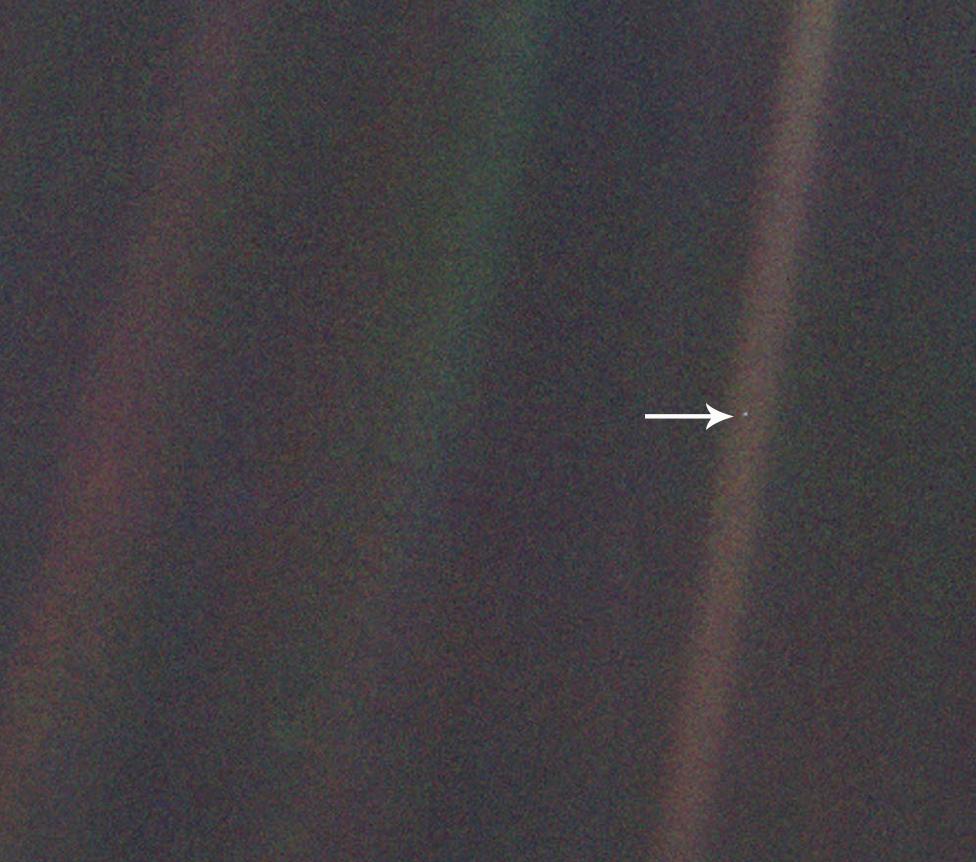
Giulio Matteucci
@giulio_matt
Postdoctoral resercher in Sami El-Boustani's Laboratory @unige_en | previously PhD student in Davide Zoccolan's Laboratory @Sissaschool | Header from @GDunnArt
ID: 1099346000827830272
http://www.giuliomatteucci.net 23-02-2019 16:31:26
315 Tweet
490 Followers
894 Following



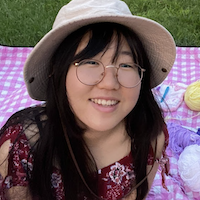
1/ What if we make robots that process touch the way our brains do? We found that Convolutional Recurrent Neural Networks (ConvRNNs) pass the NeuroAI Turing Test in currently available mouse somatosensory cortex data. New paper by Yuchen Shen Nathan Kong Aran Nayebi and me!
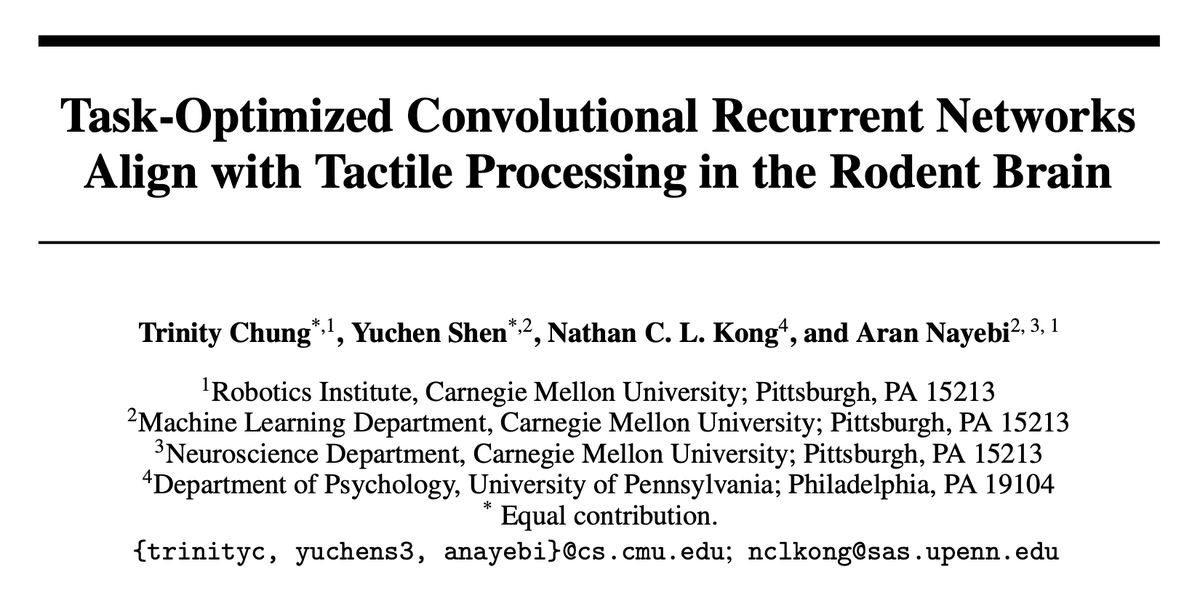

Mice dorsal cortex hosts overlapping visual and tactile sensory maps, forming an abstract representation of peripersonal space that enables spontaneous generalization of spatial task rules. Co-led this study with Maëlle Guyoton in Sami El-Boustani! More details down here... 🧠👇
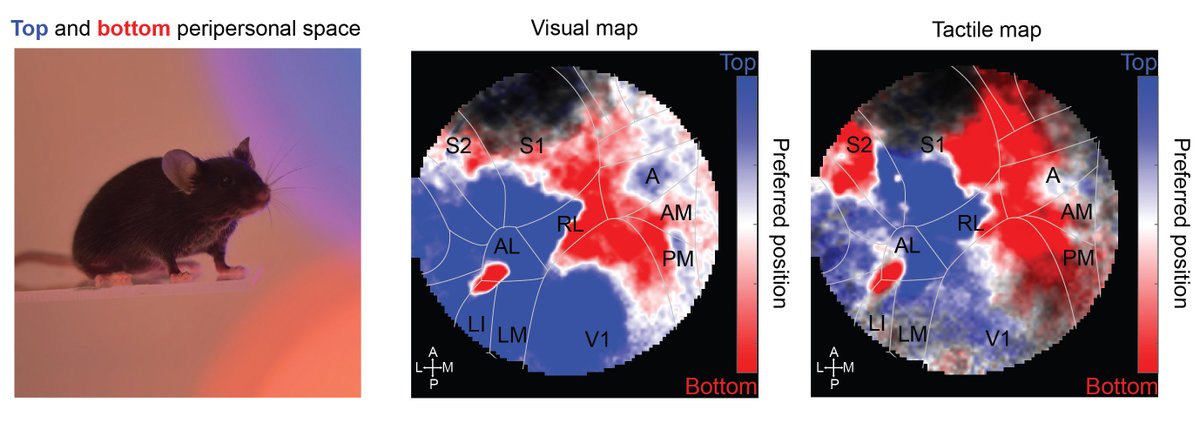


A new study from our lab, in collaboration with G. Kreiman Gabriel Kreiman group. We developed a feature visualization approach that allows exploring the selectivity and invariance fields of units in deep neural nets - with possible application to biological visual neurons.



🧠 One month ago, we published our study in Nature Communications showing how mice generalize knowledge across vision and touch, thanks to an abstract representation of peripersonal space in their dorsal cortex. Missed it? Check it out 👇
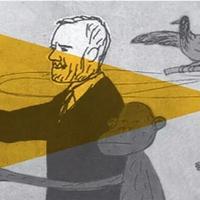

🔦 New Trends in Neurosciences spotlight on our recent Nature Communications paper! How do brains generalise spatial information across sensory modalities? Our study identifies a region in the dorsal cortex of mice enabling them to transfer spatial knowledge between vision and touch!🖐🏻👀

Very fascinating result by Petr Znamenskiy and collaborators! It may mirror the topographic correspondence we observed between visual and tactile spatial maps in mouse associative areas👇🏻

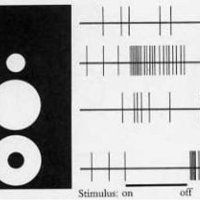
"What chess taught me about neuroscience" by Olivier Marre trialsanderrors.substack.com/p/what-chess-t… A thoughtful essay on the interplay between data accumulation and theory in neuroscience, and how hopes of a grand theory of the brain may never pan out.


Our first steps into sensory processing is now online! Work spearheaded by Rejwan and Luis Cobar We were lucky to receive guidance from Davide Zoccolan on the analytical methods. The work was funded by Norges forskningsråd NTNU medisin og helse Marie Skłodowska-Curie Actions

